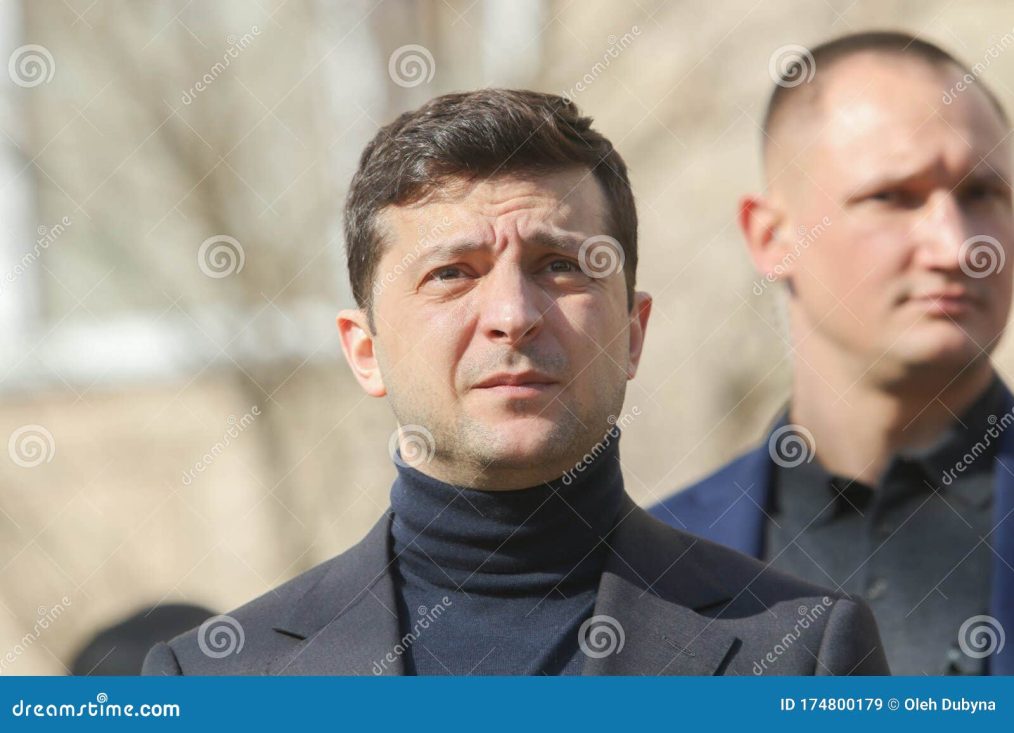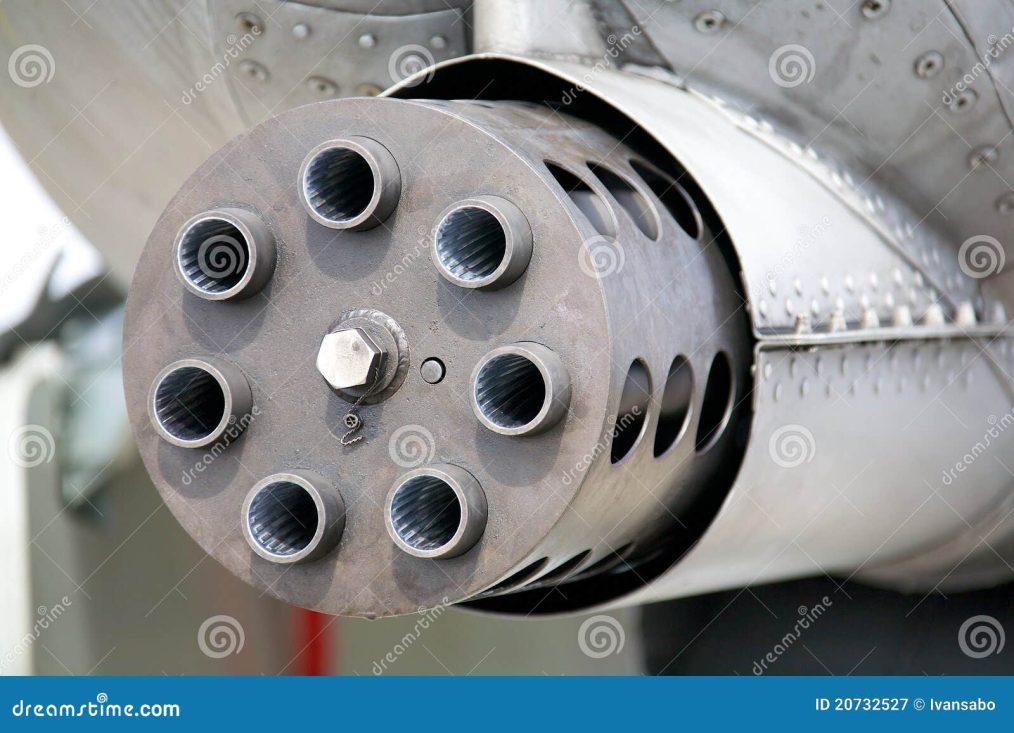During World War I, Australian horsemen, part of the Australian Light Horse regiments, played a crucial role in the Middle Eastern theatre, facing off against both German and Ottoman forces. Their most iconic moment came during the Battle of Beersheba, a pivotal engagement in the wider Sinai and Palestine Campaign.
In the harsh desert landscape of the Middle East, Australian Light Horse units showcased their exceptional horsemanship, endurance, and adaptability. Operating in terrain where traditional cavalry tactics were thought to be obsolete, they proved the value of mounted troops in modern warfare.
The Battle of Beersheba, which took place on October 31, 1917, saw Australian Light Horse brigades as part of the larger British Empire forces attempting to capture the strategically vital town of Beersheba, located in present-day Israel. The town was a crucial Ottoman stronghold that guarded the road to Jerusalem.
As part of a daring and audacious plan, the Australian Light Horsemen executed a historic mounted charge against entrenched Ottoman positions. In a dramatic display of courage and skill, they galloped over open ground, under heavy fire from Turkish machine guns and artillery, to breach the enemy defences.
Despite facing daunting odds, the Australians, armed with rifles and bayonets, spurred their horses forward with characteristic bravery. The surprise and speed of their charge caught the Ottomans off guard, enabling them to break through the enemy lines and capture the town. This bold manoeuvre not only secured Beersheba but also opened the way for further advances into Palestine.
The success of the Australian Light Horse charge at Beersheba marked a significant turning point in the campaign, ultimately leading to the eventual capture of Jerusalem by British Empire forces. It also solidified the reputation of the Australian mounted troops as formidable warriors, revered for their tenacity, resourcefulness, and willingness to take on the toughest challenges in the service of their country.
In a recent revelation, Ukrainian intelligence has disclosed the disruption of a sinister scheme orchestrated by Russian operatives aimed at assassinating President Volodymyr Zelensky and other high-ranking officials. The SBU State Security Service disclosed that they apprehended Russian agents embedded within the Ukrainian state guard, actively conspiring to abduct and eliminate the president and key governmental figures.
Vasyl Malyuk, the head of SBU, revealed that the foiled assassination plot was intended as a “gift” to Vladimir Putin, scheduled just before his upcoming inauguration. The SBU managed to apprehend two suspected infiltrators, believed to have been recruited by Russia prior to its invasion.
The intricate plan included a Russian secret agent transmitting coordinates of a safe house in preparation for a rocket attack. Additionally, Russia intended to obliterate all evidence by targeting the president with another missile, using a drone.
Despite the lack of concrete evidence, the SBU asserted, “The enemy was actively developing plans to eliminate President Volodymyr Zelensky.” The FSB, Russia’s intelligence network, sought to enlist military personnel involved in the president’s protection to facilitate the abduction and subsequent assassination.
In addition to President Zelensky, the targets of the plot included Vasyl Malyuk, the head of the Security Service of Ukraine, and Kyryll Budanov, the head of the state administration of Ukraine, among others.
Mr. Malyuk emphasized the covert nature of the operation, stating, “A limited number of people knew about our special operation, and I personally monitored its progress.” He highlighted the failure of the terrorist attack, which was intended to be a pre-inauguration gift to Putin, as a testament to the resilience of Ukrainian intelligence against Russian aggression.
Despite the efforts of our defence and intelligence agencies, the Australian public remains largely unaware of the extent of external threats. We need a comprehensive national security strategy, not just a defence plan, to engage all sectors in protecting our sovereignty and countering foreign interference.
While our allies have such strategies in place, our government has neglected crucial areas like border security and industry development. We must follow the example of the late Senator Molan and develop a strategy that encompasses all aspects of national security.
Recent events globally, from Canada to Taiwan, highlight the pervasive threat of foreign interference in democracies. These aggressive nations use social media and other means to undermine our institutions and influence public opinion.
Our democracy is resilient but not invulnerable. We must move beyond short-term politics and prioritize building a safer future for the next generations. It’s time for all levels of government and society to unite in crafting a robust national security strategy, as our children’s future depends on it.
Having attended ANZAC Day commemorations and memorials, this young lady, Rachel Bostoch, felt inspired to pay her own tribute to the brave ANZAC’s, including both of her Great Grandfather’s.
To those who served and to those who serve now, thank you.
Here is her rendition of The Last Post.
https://youtube.com/watch?v=NqHx1CDRQkc%3Frel%3D0
The Gloster Meteor was the first British Jet aircraft to enter squadron service. It was the culmination of Allied efforts to win a top-secret race that lasted the entire Second World War – the race for speed. As soldiers fought on battlefields across the world, British and German engineers went head-to-head in battle to build an engine that would change aerial warfare forever.
ED: The following is from my inbox this morning.
Hi All,
Please watch the video below. We don’t have to be in the elite bureaucrat-driven, European Union to suffer the same fate as the video describes. We have Albo, who has brought in over 1,000,000 immigrants to Australia, in the last year, 125,000 of them in January alone. We are a nation of just 27 million so 1,000,000 is close to 4% of our population in 12 months. Proportionally, this is more than the flood of refugees into the USA. Most are from Africa and the Middle East, just like Europe. He also has brought in 3,000 from Gaza, where a recent poll showed that more than 75% openly support HAMAS. Visas were given in some cases, in less than two hours. How can you do security clearances in a war-torn country where our diplomatic staff don’t exist, in two hours? You don’t. To me it’s pretty much a certainty that some of the 3,000 are HAMAS fighters and/or their families. Albanese is importing our next round of terrorists. Note, not one of the Arab Countries in the Middle East has taken in a single Palestinian refugee since October the 7th. They are not stupid.
John Taske.
This is one important speech based on our basic historical values, whether in Australia, or Hungary or the EU. Finally, a view of where this uncontrolled immigration is impacting Europe. With Christian values at stake.
A huge criticism of the EU in Brussels. Hence the primary cause of Brexit some years ago. Hard not to agree with every word.
CLICK LINK to watch the video
Hello Ray,
You certainly come up with some good articles! The first one, about the GAU gun in the A10 aircraft, is a very powerful weapon indeed. As this one fires a 30mm cartridge and projectile, it is an update on the 20mm weapon we saw used with the USAF in Thailand and in Vietnam. They were powered by hydraulics as well. When we were in Thailand, (79SQN at RAAF Base Ubon), we were flying our CAC Sabre, yes all 8 of them. The USAF were on the same base, but they had 88 F4 Phantoms. Some had the 20mm cannon installed as a permanent fixture, and some used a Gun Pod, which contained the 20mm cannon with 2400 rounds. The weapon used then had 6 barrels, and the firing speed could be adjusted between 2,000 rounds per minute and 6,000 rounds per minute.
Then, the RAAF Iroquois UH1H gunship used by 9SQN had two 7.62mm ‘gatling’ Machine guns. These also had 6 barrels, but the whole weapon was powered by a 24 volt electric motor. The principle was the same, but as the ammunition was smaller, (7.61mm 1 in 4 tracer) a 24V electric motor was sufficient. The guns used by the US Army were able to be moved by the pilot moving the gunsight up to 15° in any direction. The problem with that installation was that the weapon would not stay still when it was firing. Hence, the pattern of firing was like throwing a shovel full of gravel at a barn door. When the RAAF developed the Australian Gunship, they welded the gun mount as a fixture to the main mount, and then they welded the gunsight to a fixed mount which swung down in front of the pilot. If he wanted to change his aim, he simply moved the rudder pedals to change the direction of fire. As most of our gunship pilots were ex fighter pilots, they did not have a problem with that system. The firing speed of our gun could be adjusted from 2,000rpm up to 6,000rpm. Whilst in Vietnam, our were adjusted to 4,000rpm. When the squadron came back to Australia, the firing speed was lowered to 2,000rpm. Considering each gun was loaded with 4,500 rounds, it gave a massive fire power for Army support.
Going back to your article, the A10 aircraft is a very powerful aircraft indeed. I think the RAAF were looking at those back in the 1990s and early 2000s. Going back a year or two, I think I may have sent you a copy of Brian Dirou’s report – “So a Bushranger was born”. If not, I shall attach it here.
Kind Regards,
John Clarkson.
(Armourer extraordinaire – 9SQN Vietnam)










